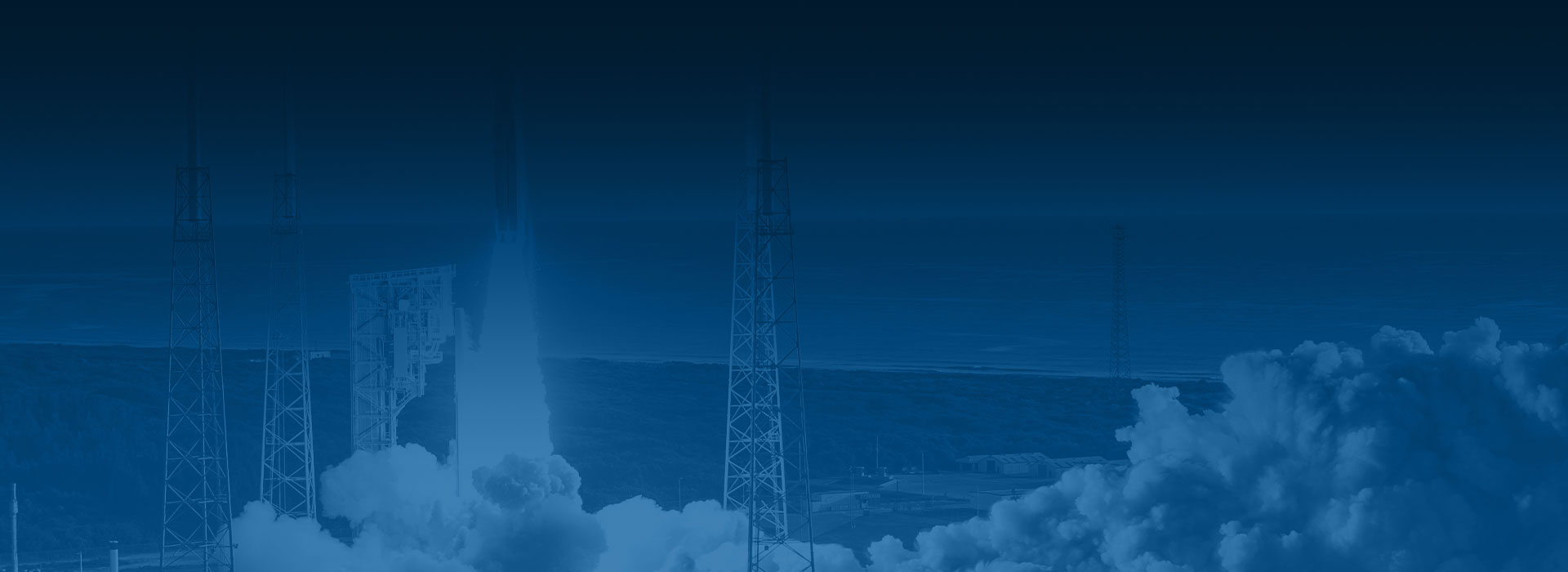
Long Term Strategy
In-orbit services will drive spaceports to be more than just a launch facility. For the long term, KSC should have all elements of the supply chain present and continue to foster entrepreneurs, STEM education, and other sustainable and socially aware partnerships and activities.
KSC needs to find several key balance points in terms of international competition and influences. First, KSC needs to be able to ‘compete’ in this market. To accomplish its vision of becoming a multi-user spaceport supporting government, commercial, and other space launch users and providers, KSC must promote itself to other spaceflight market participants that would like to use the center’s assets.
The availability of human capital is the most critical factor for the spaceflight industry. Human capital is the determining factor for which countries or companies will lead the spaceflight market. KSC needs to push for more Science, Technology, Engineering, and Math (STEM) mentoring, activities, internships, and interactions at the center, as well as encourage more spaceflight market-related degrees in two and four-year institutions in the U.S. Finally, KSC needs to plan an aggressive strategy to maintain or capture the institutional knowledge from its current workforce.
KSC needs to be competitive while being collaborative. All spaceflight market participants need to collaborate in order to push the market forward, yet still promote and maintain their business and national space strategies. KSC can play a leading role in making the cost of space access more affordable for all market participants, supporting NASA’s strategic goals by “Sharing NASA with the public, educators, and students to provide opportunities to participate in our mission, foster innovation, and contribute to a strong national economy.”